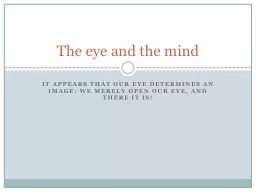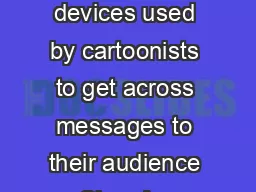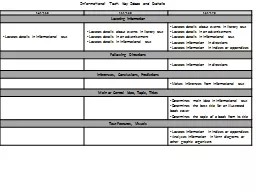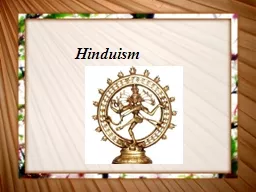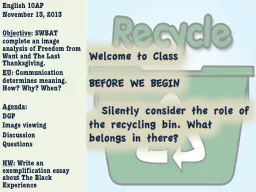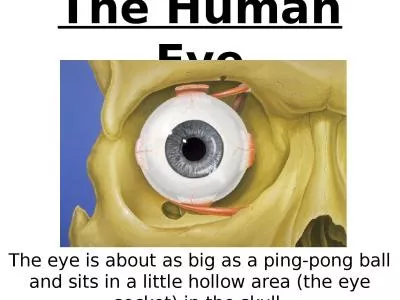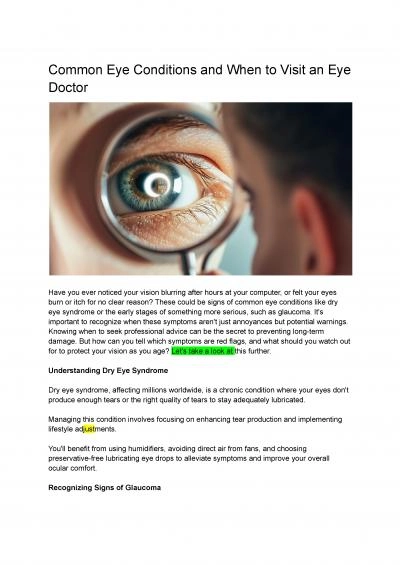PPT-It appears that our eye determines an image: we merely open our eye, and there it is!
Author : dsuser1 | Published Date : 2020-06-23
The eye and the mind The eye and the mind How does the eye work The eye and the mind But the eye is not that perfect Upside down images Curved lines Blind spot
Presentation Embed Code
Download Presentation
Download Presentation The PPT/PDF document "It appears that our eye determines an im..." is the property of its rightful owner. Permission is granted to download and print the materials on this website for personal, non-commercial use only, and to display it on your personal computer provided you do not modify the materials and that you retain all copyright notices contained in the materials. By downloading content from our website, you accept the terms of this agreement.
It appears that our eye determines an image: we merely open our eye, and there it is!: Transcript
Download Rules Of Document
"It appears that our eye determines an image: we merely open our eye, and there it is!"The content belongs to its owner. You may download and print it for personal use, without modification, and keep all copyright notices. By downloading, you agree to these terms.
Related Documents

